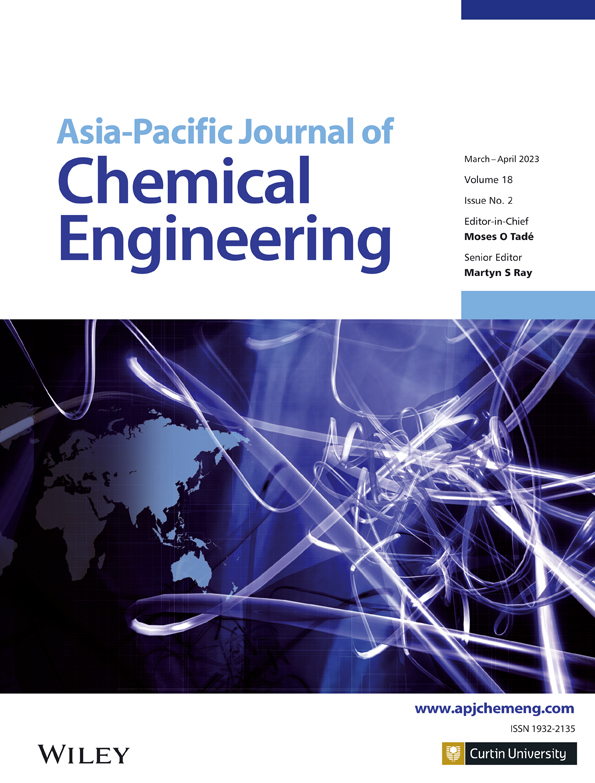Split-flow layouts of supercritical CO2 Brayton cycle for coal-fired power plant considering the flue gas residual heat utilization
Abstract
The utilization of residual energy of high-temperature flue gas at the tail of coal-fired boilers has attracted widespread attention in recent years. The thermal performances of the boiler and system in different split-flow layouts still need to be analyzed and compared in detail. Thermodynamic models for four different splitting layouts of supercritical carbon dioxide (S-CO2) Brayton cycles tailored for coal-fired power plant are built and validated. By performing the process simulations, the effects of splitting ratios on the system thermal performance are comparatively analyzed when the secondary split point and the confluence point are set at different positions. The maximum system efficiency of the two-split layout with a secondary splitting point at the inlet of the cold side of the high-temperature recuperator (HTR) can be obtained within a range of secondary split ratio. The maximal and minimal boundaries are determined by the exhaust flue gas temperature and the heat capacity match in the recuperators, respectively. The mass flow rate of the cold stream in the low-temperature recuperator (LTR) should be kept unchanged by constraining the sum of primary and secondary split ratios, the constant to prevent the cycle efficiency from decreasing dramatically, if the splitting layout with the split point at the outlet of the main compressor (MC) is used. The two-splitting layout with a secondary splitting point at the inlet of the cold side of the HTR has the best performance by comparing the system efficiencies of different layouts. If there are any improved coupling approaches of the S-CO2 Brayton cycle and boiler, this paper can provide the reference for the selections of the split ratios.




